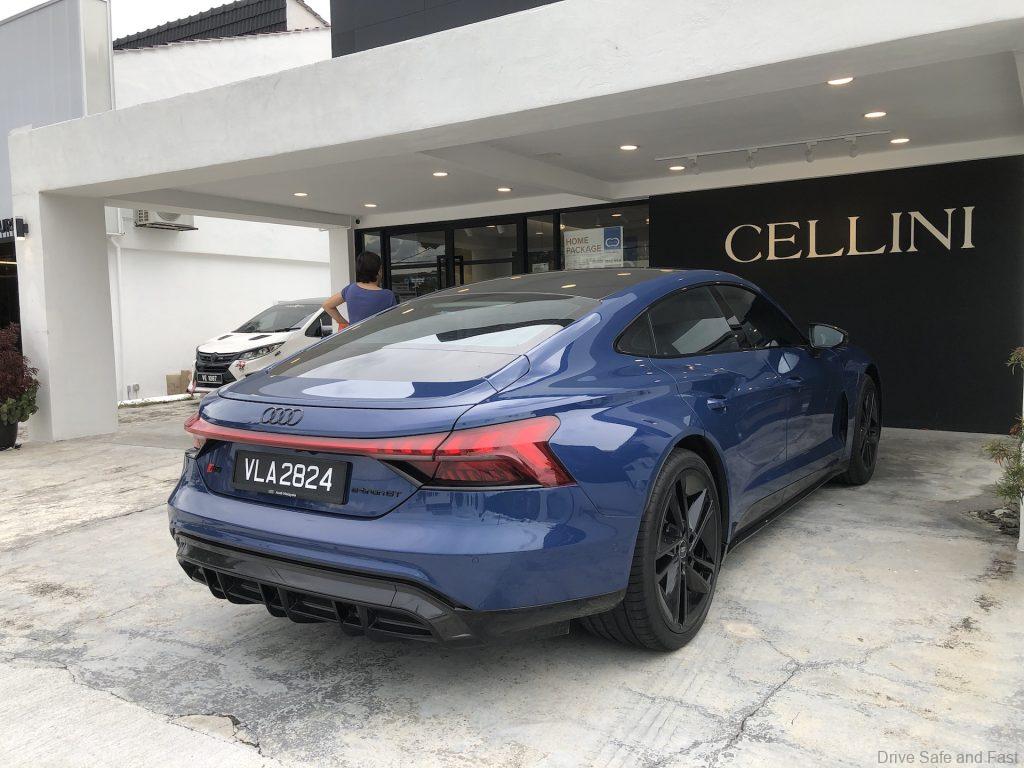Here’s which premium European EVs make sense in Malaysia.
The EV market in Malaysia is extremely competitive right now. If you haven’t already checked out our updated value analysis, check it out here. The issue one might have with that list is that it consists of cars from brands you’ve probably not heard of before. In fact, many of these brands didn’t sell cars outside of China a decade ago. While the value proposition is extremely good, all things considered we also understand the apprehension many may have given how big of an investment cars are.
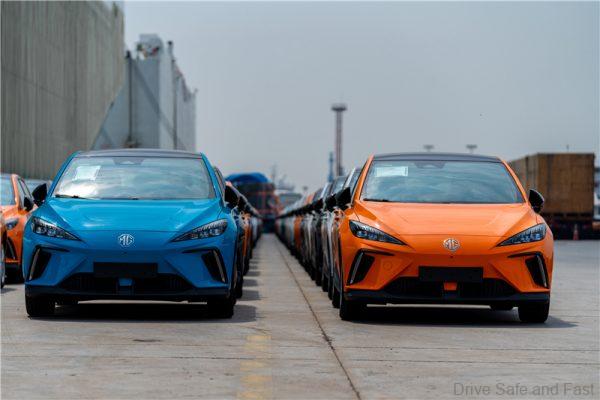
With that in mind, we’ve analysed the European EVs from established premium brands like Mercedes-Benz, BMW, MINI, Audi and Volvo Cars to give you an idea of which brand is offering what. We’ve decided to omit smart and Tesla from this list as both brands were established locally only after the EV tax policy changed in Malaysia. We’re also omitting Jaguar, Lotus and Porsche, as these brands do not compete directly on price with the premium brands. That being said, an honourable mention is the Jaguar I-Pace, which manages to carve out a niche of being an early performance crossover EV in a market that the upcoming Porsche Macan Electric will come to occupy and undoubtedly dominate.
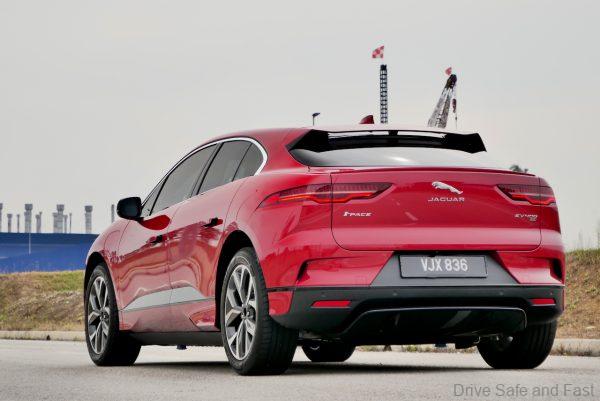
We analysed the cars based on how much metric horsepower (PS), torque (Nm) and range (KM on WLTP cycle) the car variants deliver for their price. We also make mention of AC charging speed. We’ve tried our best to get accurate pricing from the manufacturer and standardize things. Here’s what we found.
The Updated Volvo C40 Is A Winner
The Volvo C40 was already one of the best value-for-money EVs last year. Now with the updated battery and motors it’s even better than ever. It delivers the best range for your Ringgit at 550KM for RM288,888. It’s also about tied with its identically equipped sibling, the XC40 Recharge Pure Electric for Performance per Ringgit. That being said, the XC40 hasn’t been updated in Malaysia as of writing this, so we would suggest paying that RM10,000 extra to get the C40 with more range. The biggest weakness of the Volvo offering is its AC charging speed of 11kW, which takes 7.5 hours to fully recharge at home.
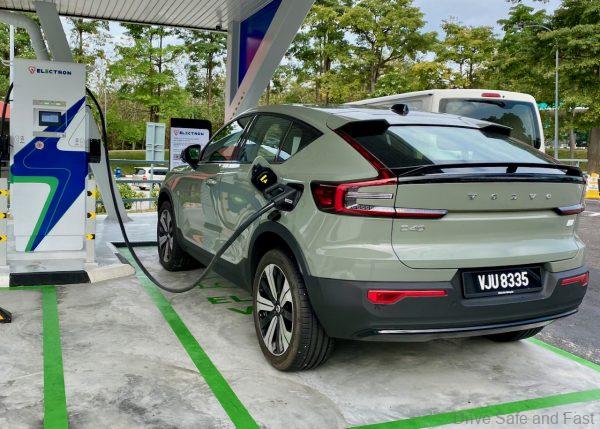
Don’t Fall Into The MINI Trap
Right now the only MINI EV is the Cooper Electric Resolute Edition. While it’s priced extremely well at around RM200,000, we wouldn’t suggest buying one. It has an atrocious range of just 200KM. In our experience with 200KM range EVs, you’ll be planning your next charge every time you go on a drive. While it is torquey and relatively quick, its 184PS and 270Nm of torque is not impressive at all for an EV, not even at this price. We suggest waiting for the new generation electric MINI Cooper and Countryman, both of which are already being planned for local market introduction.

BMW Has Good Options At Many Price Points
Hats off to BMW Malaysia for providing at least one decent value EV at different price points. The i4 M50 at RM430K delivers a LOT of power for the money. The i5 and iX both saw revisions within a year of being launched that reduced either price or features (or both) in favour of faster 22kW AC charging. A fair trade, in our opinion. That being said there are clearly some BMW EVs that make more sense than others. BMW are the only premium brand whose new generation EVs sometimes share the same platform as their ICE equivalents, so you get an i5 with an unnecessary transmission hump in the rear. If you’re looking to drive an EV to stand out, the iX1, iX3, i5 and i7 might not be your first choice because of this same reason – the look too much like their petrol counterparts. The iX or i4 may be better options for you.
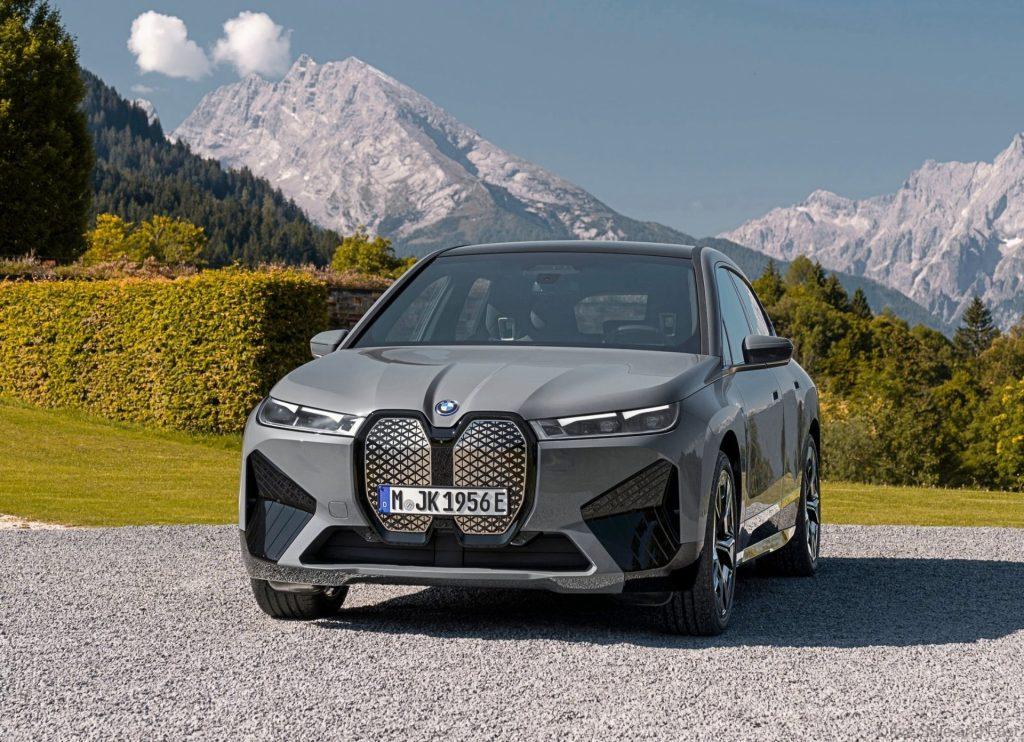
Mercedes Is The Range King
When it comes to EVs, range is obviously one of the most important factors. In this regard the objective winner is Mercedes-Benz with their larger options on the EVA platform. The EQE 350+ sedan is our king of the hill here with the 2nd highest WLTP range of any EV (669KM) while still being reasonably priced for a premium car at RM420K. The EQE SUV is the weakest of the lot, but was still enough for our trip to Penang from KL (we arrived at our destination with 25% SoC). Both the EQS and EQS SUV models are very impressive. We were unable to deplete our batteries the 3 times we took these top end models. Unfortunately, there are some Mercedes-Benz EVs we would hesitate to recommend. The EQC is one of them. It’s the only one from the brand that isn’t built on the appropriate platform and comes with too much power to handle. This model was engineered many years ago on the outgoing GLC’s bones and it shows some updated and inconsistent design language that the other EQ models do not suffer from. The smaller EQA and EQB are decent but not exceptional value with the EQB’s biggest strength being that it’s the only EV in its class with 7 seats.
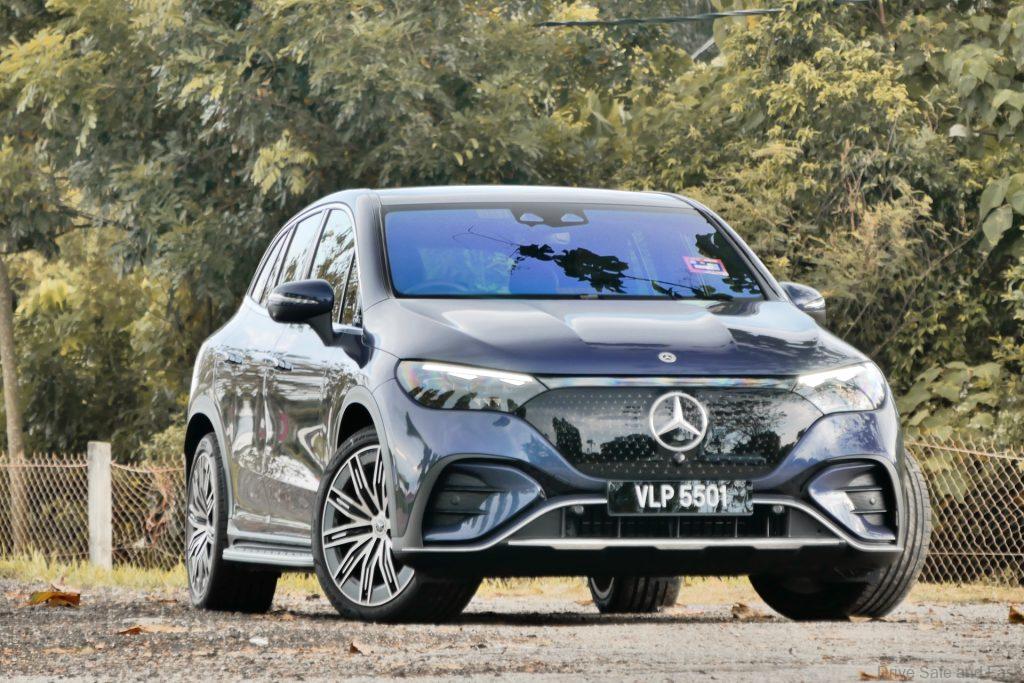
Audi Does Mid-Sized SUVs Well, But Missed Opportunities
The EV tax break was Audi’s big chance to bring itself back to the centre of attention in Malaysia with competitive prices – a feat it accomplished during the hybrid incentive era of the early 2010s. On the face of it, that hasn’t happened for the brand yet as their EV models don’t immediately scream value-for-money when priced between RM398K and RM809K. Upon further scrutiny, there are some merits to the product strategy but it’s mostly branding-oriented. Their Q8 e-tron models sound like a flagship SUV and comes in 2 body styles for less money than the cheapest BMW iX or Mercedes-Benz EQE SUV models. The Audi models score some small wins but no clean sweeps. An example: SQ8 e-tron delivers better horsepower per Ringgit than the EQE 53 AMG, but not in its Sportback form. The SQ8 e-tron also delivers less horsepower than the EQE 53 AMG and BMW iX M60. Torque per Ringgit value also tells a similar story but Audi’s lead is larger this time. In terms of range-value, the Q8 e-tron models are good for their class, but are beaten by the BMW iX xDrive50 and the iX3 models. So, in summary Audi did okay with their product strategy but it was a missed opportunity to deliver clean value-for-money sweeps across all metrics the way Volvo did with the C40 in its class. The e-tron GT models, while impressive value next to the equivalent Taycan models, are at the bottom of the value ladder.
